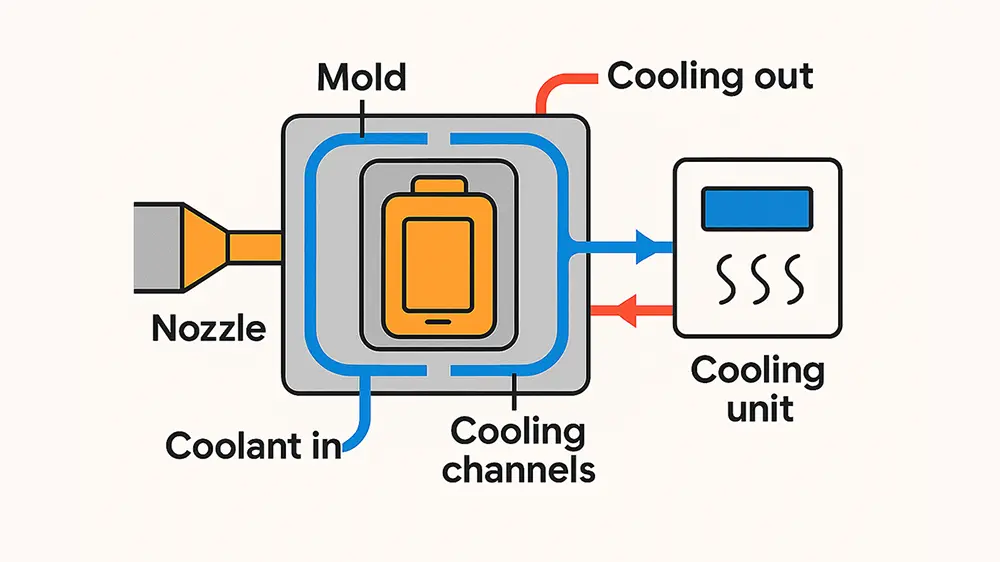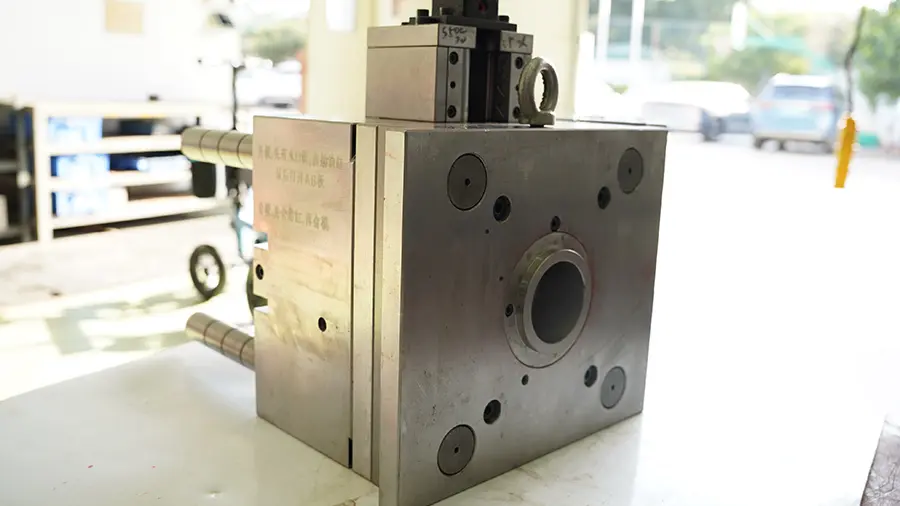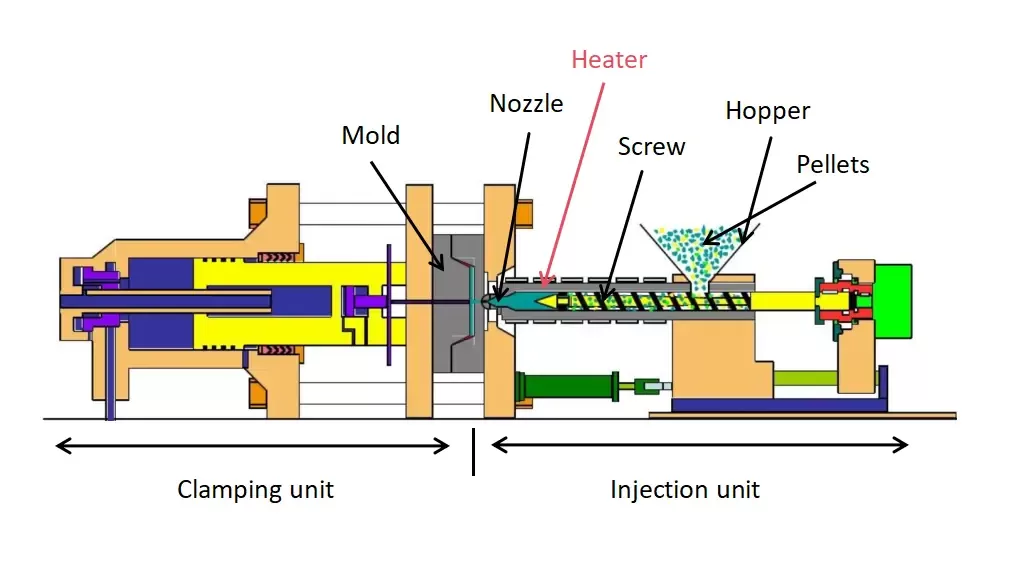Backpressure (also known as plasticizing pressure) refers to the pressure on the melt in the material storage area at the front end of the screw head when the screw rotates and retreats. That is to use a force to continuously injection pressure, in order to achieve the product surface plastic fully filled the role. Backpressure is very important for injection molding, which directly affects the melt filling and the quality of plastic parts. The backpressure has a great influence on the melt temperature. The high back pressure makes the materials in the screw groove dense, lengthens the heat severity of the materials in the screw rod, and improves the plasticizing quality. Here we give you a detailed introduction of backpressure is how to affect the effect of injection?
Proper backpressure can improve the quality of plastic products:
- The gun barrel of molten material compaction, increase the density, improve the amount of plastic, product weight, and size stability;
- Can “extrude” the gas in the molten material, reduce the product surface gas, internal bubbles, improve luster uniformity;
- Slow down the screw backward speed, so that the molten material in the barrel is fully plasticized, increase the toner, masterbatch, and molten material mixing uniformity, to avoid mixing products;
- Can improve the shrinkage of the surface of products and products around the glue;
- Can improve the humidity of the melt, so that the melt plasticizing quality, improve the flow of the melt filling mold, the surface of products without cold glue.
The influence of high backpressure on plastic products
- The gun barrel front melt pressure is too high, the material temperature is high, the viscosity drops, melt in the screw slot countercurrent and material barrel and screw clearance leakage flow increase, will reduce the plasticization efficiency;
- For the thermal stability of plastic (such as PVC, POM, etc.) or colorant, due to the temperature of the melting material rise and in the cylinder heating time growth caused by thermal decomposition, or colorant discoloration degree increase, product surface color, luster become poor;
- The backpressure is too high, the screw back is slow, pre-plastic material back time is long, increase the cycle time, resulting in a decline in production efficiency;
- High backpressure, melt pressure is high, the nozzle after the injection of glue is prone to melt saliva phenomenon, the second time the injection of glue, cold material in the nozzle passage will block the nozzle or products appear cold material spot;
- In the process of injection, the backpressure is too large to produce nozzle leakage glue, waste of raw materials and lead to burning near the nozzle heating ring;
- Increase the pre-plastic mechanism and mechanical wear screw barrel
The influence of too low backpressure on plastic products:
- When the backpressure is too low, the screw back too fast, flow into the barrel front end of the melt density is small (looser), clamped into the air;
- Lead to poor plasticization quality, injection amount is not stable, product weight, product size change;
- The surface of products will shrink, gas flowers, cold material grain, gloss uneven and other adverse phenomena;
- The internal product is easy to appear bubble, product peripheral and bone position easy to go less than glue.
How to set backpressure correctly
Injection molding back pressure adjustment should be based on the performance of raw materials, drying conditions, product structure, and quality. The backpressure is generally set at 3-15kg/cm3. When the product surface has a little gas, color, shrinkage, and product size, weight change, can be appropriately increased backpressure. When the nozzle leakage or salivation, molten decomposition, product discoloration, and back to the material too slow can be considered to reduce the backpressure.
Backpressure is one of the important parameters to control the quality of molten material and products in the process of injection molding.





